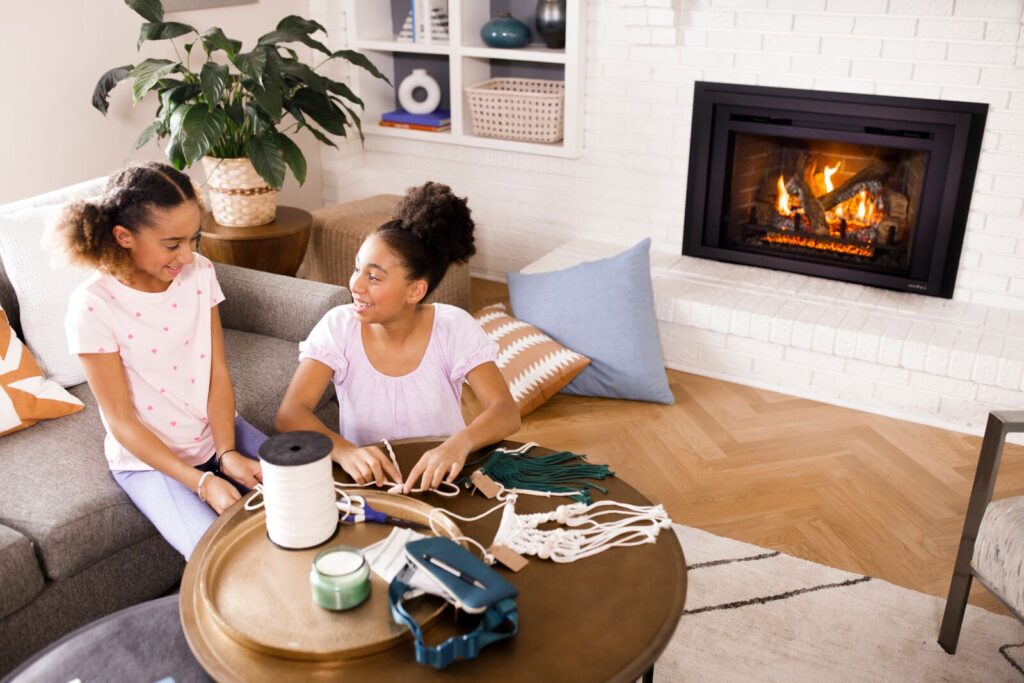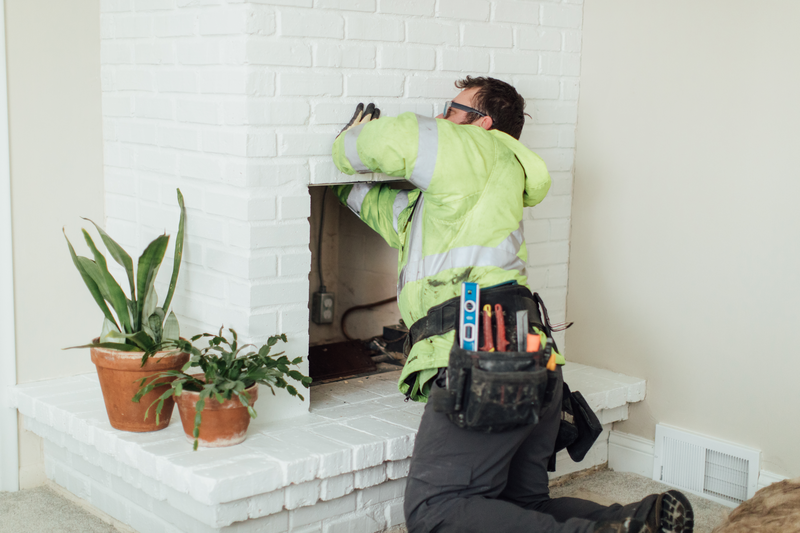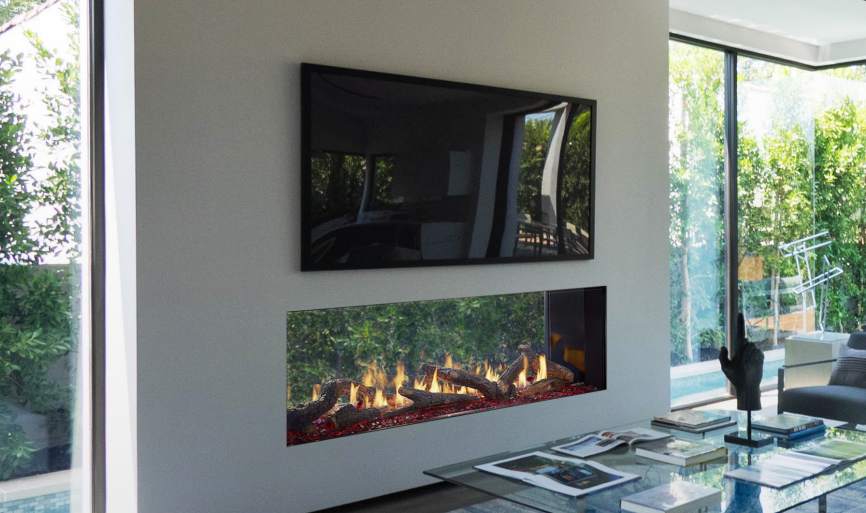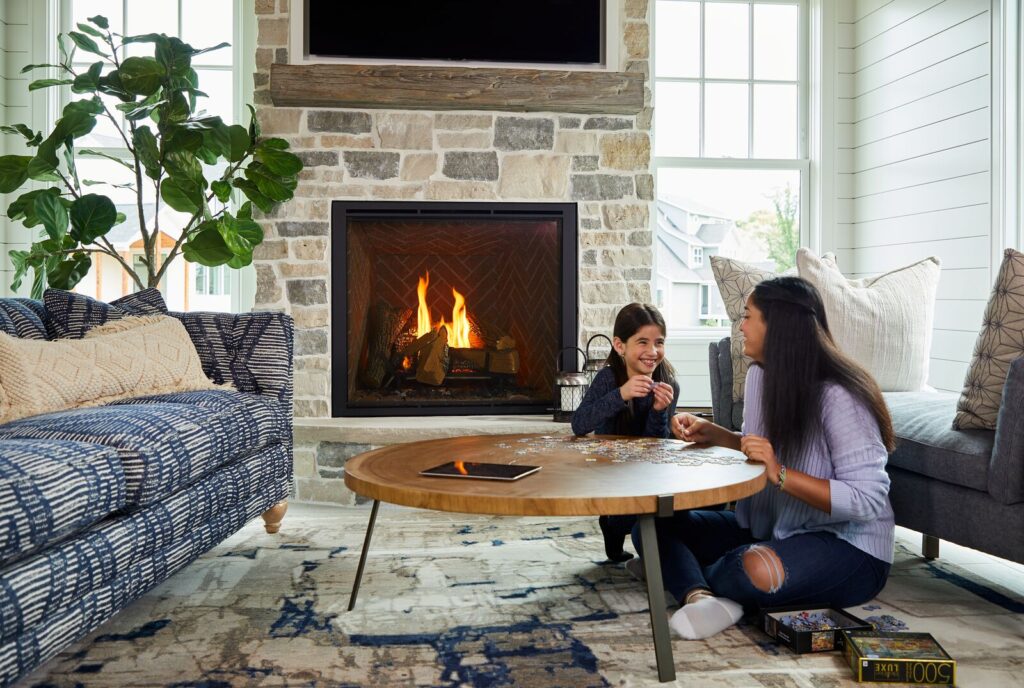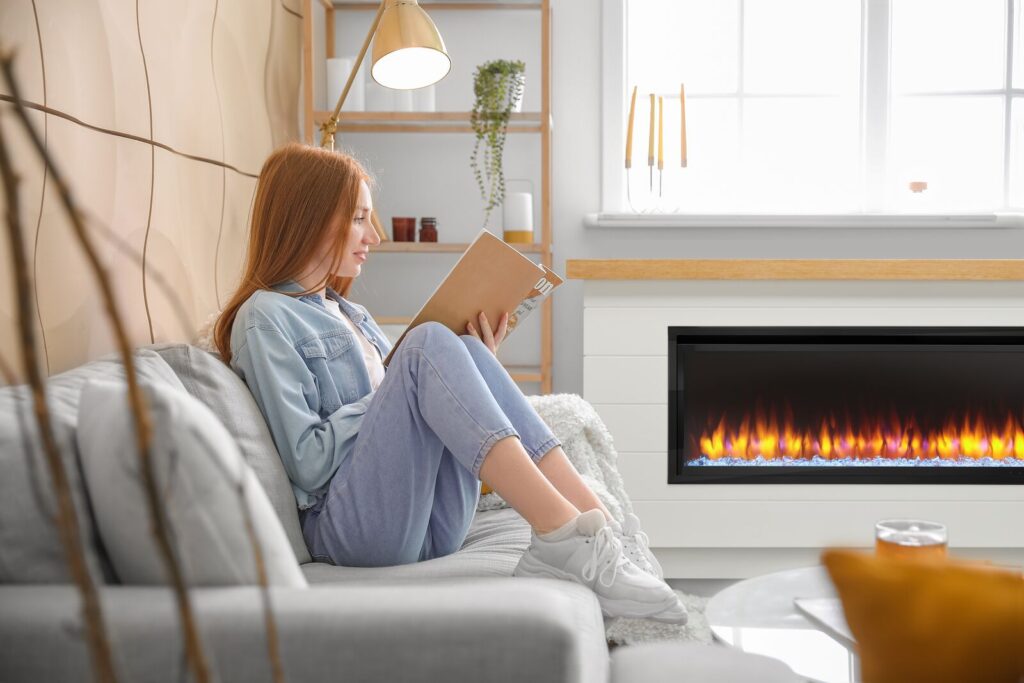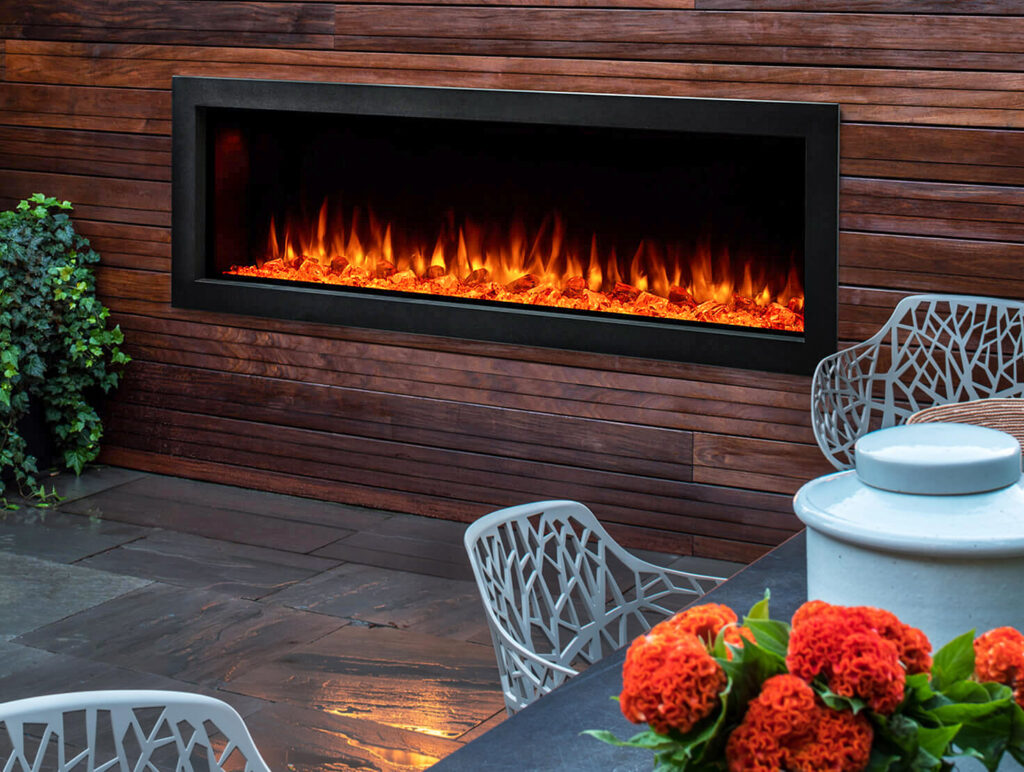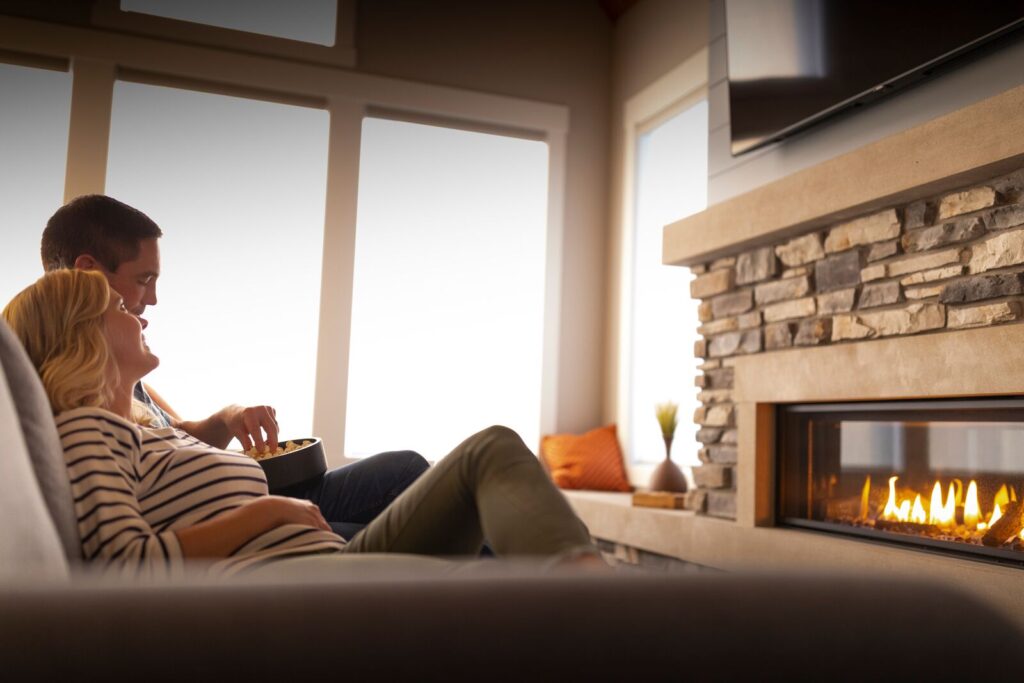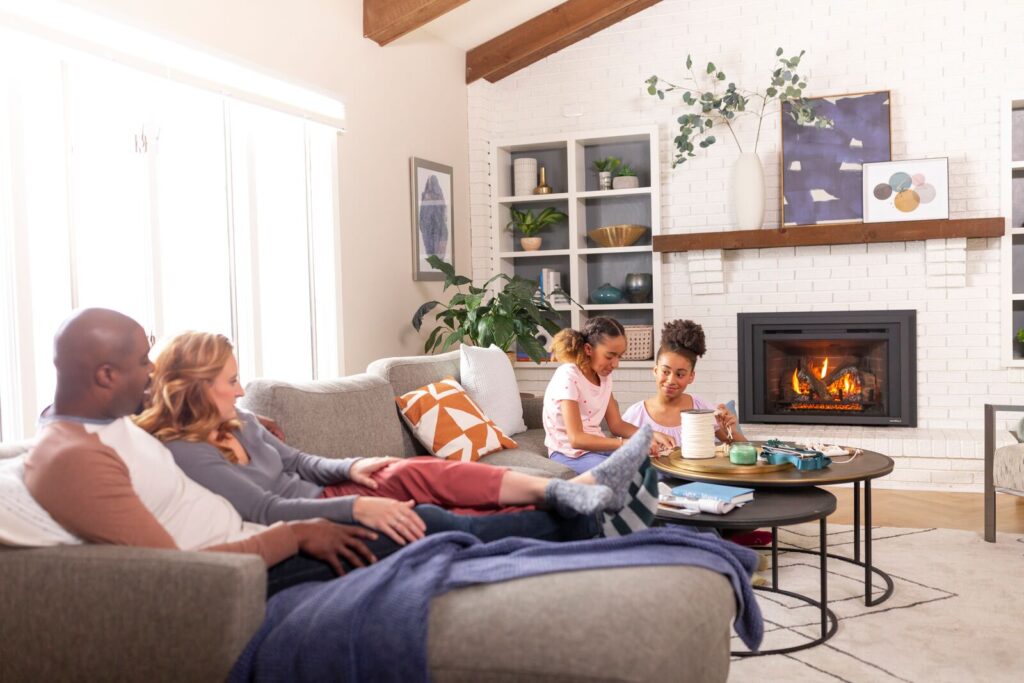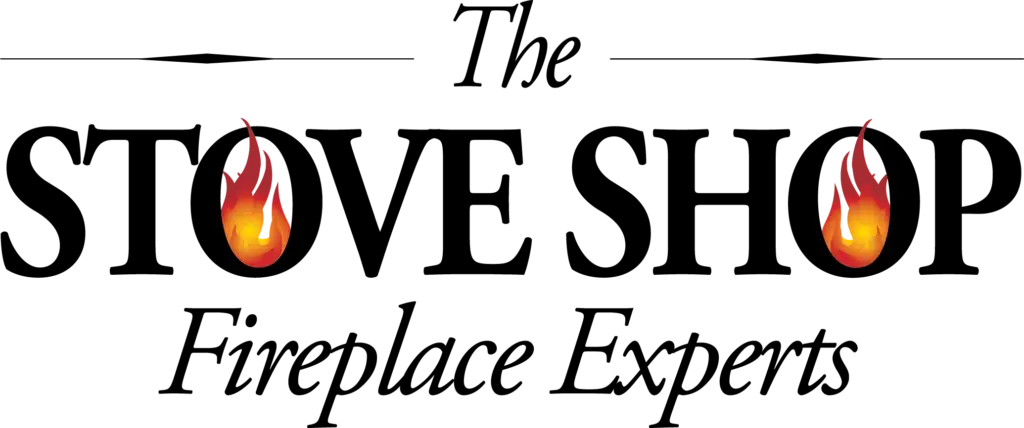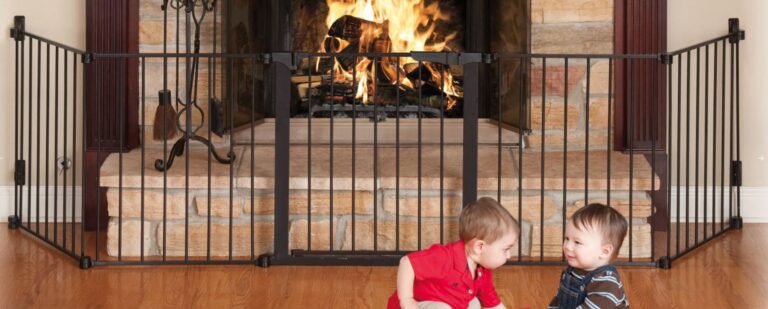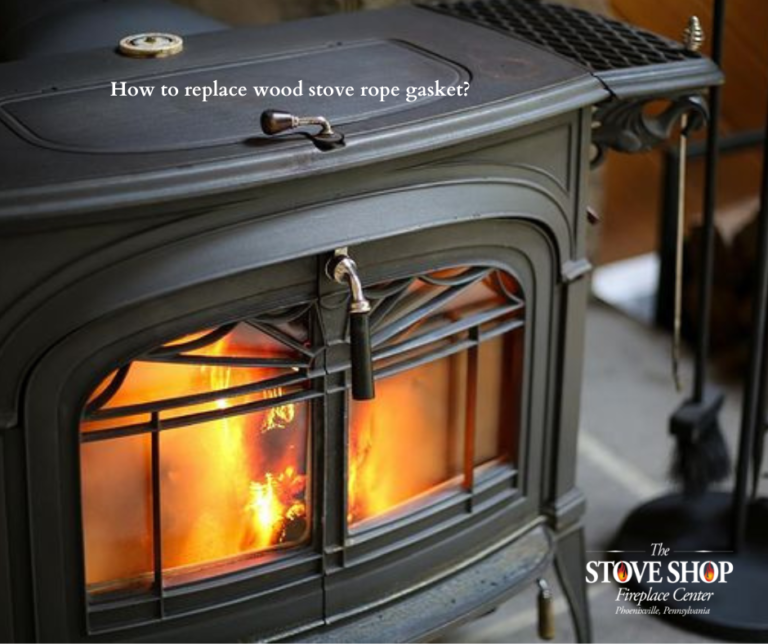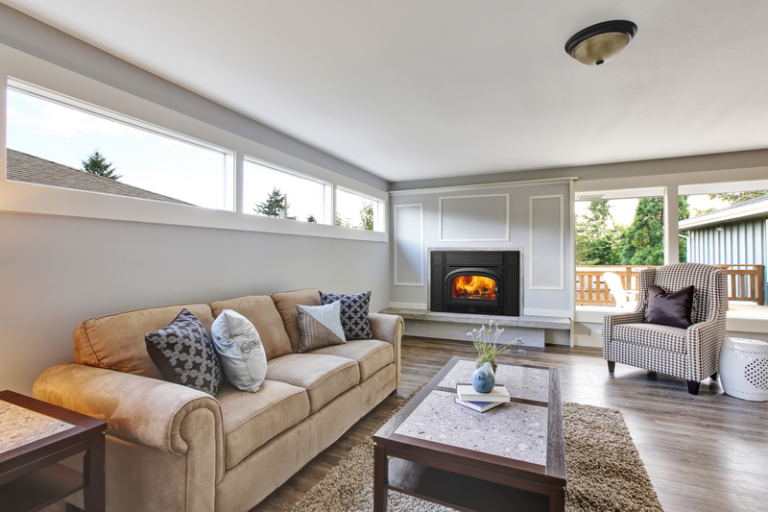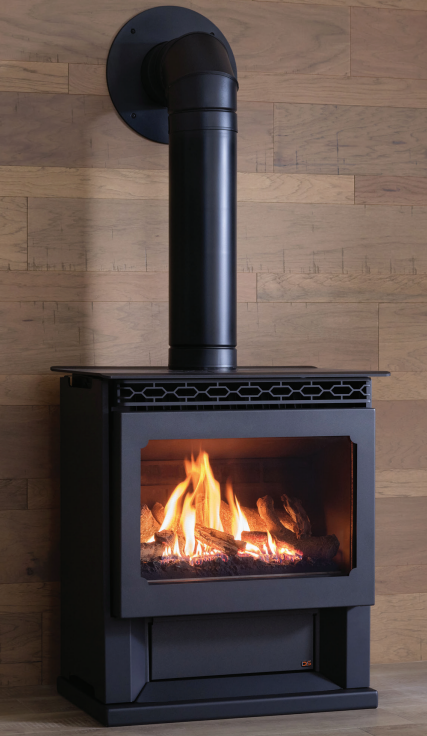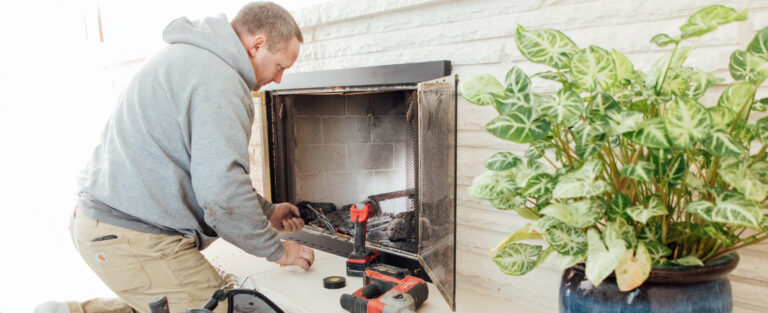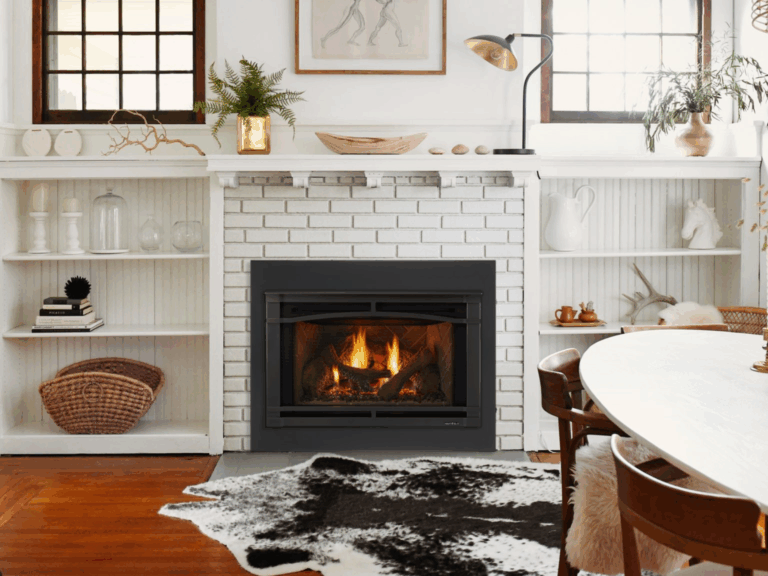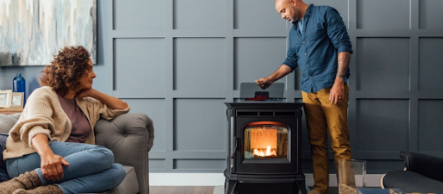We answer a lot of questions every year. Some of the same inquiries come up frequently enough that we thought a Fireplace FAQ could be useful. If you would like to see anything added to this page, please contact us at The Stove Shop!
Can I install a gas fireplace or wood stove myself?
No. Most installations require professional help and permitting to meet safety codes and protect your home. Most homeowners are not equipped or experienced to do this work. We do not advise do it yourself installations. Find a specialized hearth retailer to help you with installation.
Why does our chimney need an inspection?
A professional chimney inspection ensures it meets modern codes, is safe to use, and reveals structural or drafting issues before installation. There is no way to know if your existing chimney meets all the current fire codes unless it has been professionally swept and a Level II camera inspection has been performed. When we install a stove or fireplace in your home, safety should be taken seriously.
Can a fireplace heat my whole house?
No. Fireplaces and stoves are designed as zone heaters for primary rooms. Whole-home heating depends on insulation, layout, and unit size. All our stoves and inserts are considered supplemental to your central heating system. They are zone heaters which means they heat one main room or perhaps several rooms in your home. Heating capacity is dependent on square footage, insulation quality, amount of window area, ceiling height, location of the heater, air circulation within the home, and outdoor weather conditions.
How much money will a fireplace save me?
Many customers report 20–50% heating cost reduction. Turning down central heat to 60 degrees and using zone heat from a fireplace saves energy and money.
Why am I being told I need to reline my chimney?
The installation of a new stainless steel liner in your existing chimney may be advised because it improves safety and greatly improves efficiency. This is because the new liner will warm up quickly, resulting in less creosote accumulation and less smoke. It is always valuable to get a second opinion from a CSIA certified chimney sweep if you are feeling unsure about recommendations made.
What is the difference between vented and vent-free gas fireplaces?
Vented units mimic wood fires and use a flue; vent-free units operate without a chimney but have safety limits and may emit odor. We recommend vented.
Is it safe to mount a TV above my fireplace?
Yes, if heat stays below 100°F. Use a mantel or deflector to shield heat. Never install without checking clearance-to-combustibles specs. Consult your fireplace’s installation manual for clearance-to-combustibles data and verify it meets both NFPA 211 and manufacturer specs. High-efficiency fireplaces with integrated heat management systems are best suited for TV-over-fireplace installations.
Who are the major manufacturers of fireplaces and stoves?
Hearth & Home Technologies or HHT is the largest manufacturer in the hearth industry. They own Heatilator, Heat & Glo, Vermont Castings, Harman and Quadra-Fire. Some other manufacturers like Regency, Napoleon, Jøtul, and Blaze King are also leaders.
What is over-firing a fireplace?
Over-firing occurs when a stove or fireplace is operated at excessively high temperatures, usually due to overloading with fuel or excessive draft. This can warp components, crack firebrick, degrade catalysts, and void warranties. It accelerates creosote formation and increases the risk of chimney fires. Operating a stove with the door open, burning materials other than seasoned wood, or running with wide-open air controls can all cause over-firing. Always follow manufacturer guidelines for fuel load, draft control, and temperature monitoring to prevent damage and ensure safe operation.
What fuels can be used?
Approved fuels vary by appliance type and certification. Wood-burning fireplaces and stoves should only burn seasoned hardwoods (under 20% moisture). Pellet stoves require premium-grade pellets certified by the Pellet Fuels Institute (PFI). Gas fireplaces use either natural gas or propane, depending on setup and orifice configuration. Burning unapproved materials—like green wood, garbage, treated lumber, or coal in wood stoves—can cause damage, void warranties, and create safety hazards including creosote buildup and carbon monoxide production. Always follow manufacturer-specific fuel guidelines.
How should I dispose of pellet or wood ashes?
Always treat ashes as hot. Store in a metal bucket with a lid on a non-combustible surface for 72 hours before disposal or reuse.
Why does my gas fireplace smell?
A gas fireplace can emit odors due to dust burn-off, pet dander, VOCs from household products, or off-gassing from new materials during initial burns. Slight odor during the first 3–5 burns is normal for new units. Persistent or chemical smells, especially rotten egg (added mercaptan), may indicate a gas leak—shut off gas and contact a technician immediately. Ensure your fireplace is serviced annually, your venting is unobstructed, and your logs are positioned correctly to prevent incomplete combustion and odor buildup.
Why is my fireplace flame blue?
Blue flames indicate complete combustion. It’s clean but less aesthetic. Adjust air shutters if persistent and verify gas pressure. A blue flame indicates complete combustion, where fuel burns efficiently with adequate oxygen—this is common during initial startup or when the air-to-gas ratio is high. While safe and clean, it’s less visually appealing than the yellow-orange “lazy” flames most people expect. Persistent blue flames may result from draft conditions, incorrect gas pressure, or overly clean burners. If aesthetics are a concern, check log placement and consult the manual or a technician to adjust the air shutter or fuel mix for a more natural-looking flame.
Can I remove the glass front?
No. The glass front on a gas fireplace should never be removed during operation. It is a sealed barrier critical to safe combustion and proper venting. Removing it can cause carbon monoxide exposure, flame rollout, and vent failure. The glass also becomes extremely hot—often over 400°F—within minutes of operation and stays hot long after shutdown. Only remove the glass for service or cleaning when the unit is completely cool and follow manufacturer instructions. Never operate the fireplace without the glass securely in place.
Do I need a permit?
Always check with your AHJ before doing anything. If you are working with a specialty hearth retailer, they can also help you navigate the requirements of your township. Yes, usually a permit is required for installing most fireplaces, stoves, and inserts—gas, wood, or pellet. Local building codes and national standards (IRC, NFPA 211) mandate permits to ensure compliance with clearance, venting, and safety rules. Installations typically require mechanical, plumbing, or fuel gas permits, depending on the appliance type. Work without a permit can void warranties, affect home insurance, and pose serious safety risks.
Can I add a fan?
Yes, many fireplaces are designed to accept aftermarket or OEM blower fan kits. A fan helps circulate heated air into the room, improving convection and overall efficiency. Compatibility depends on the model—check the fireplace manual or consult your installer. Fans require electrical access, and some units need a thermostat or snap switch to activate the fan at a set temperature. Never add an unlisted fan to a gas or wood unit not rated for one, as it may disrupt combustion airflow or void the warranty.
What does zero-clearance mean?
A zero-clearance (ZC) fireplace is a factory-built unit engineered for installation directly against combustible materials like wood framing or drywall. It features an insulated metal cabinet and built-in air spaces that allow it to operate safely without traditional masonry or clearance requirements. ZC fireplaces are ideal for new construction, remodels, and tight spaces where a conventional masonry fireplace isn’t feasible. They must still meet minimum framing and venting specs outlined in the manufacturer’s manual and comply with NFPA 211 and local codes.
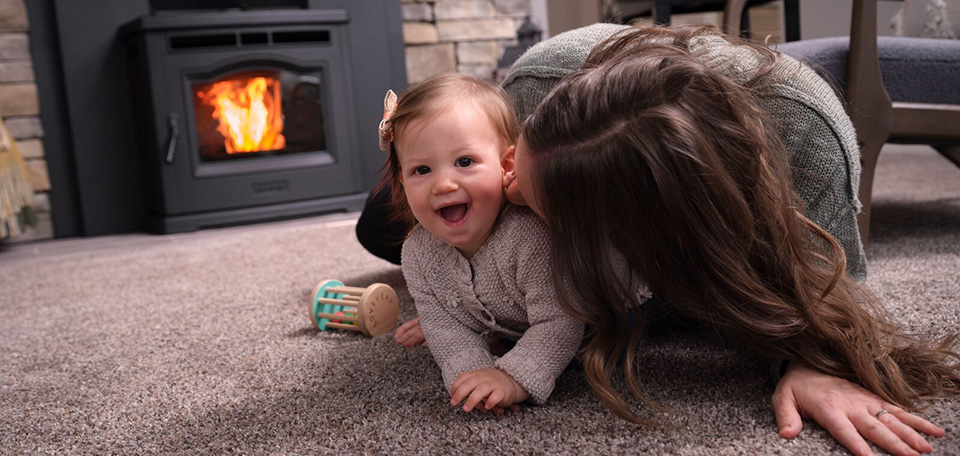
At The Stove Shop Fireplace Experts in Phoenixville, PA we are honored to use our experience to help you find the perfect hearth appliance. Fireplaces and stoves across wood, gas, pellet and electric are our passion. If you have any questions, please contact The Stove Shop today!
